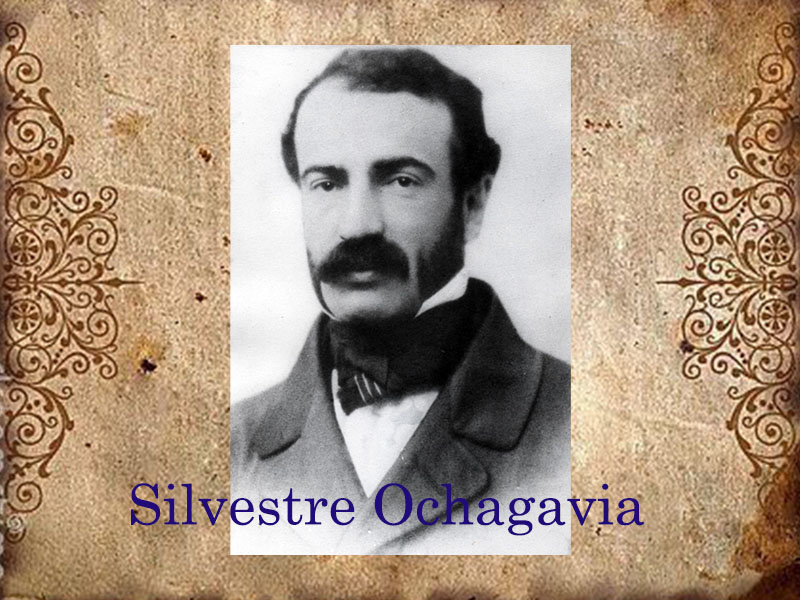How did Carmenere come to Chile?

Being autonomous, Chileans were free to travel the world and own land. Viticulture was on the rise as clippings from European vines were brought back to Chile to be produced into wine for personal and local consumption. One Landowner was Silvestre Ochagavia, who in 1851, pioneered the commercializing the wine industry.
He was credited with importing Cabernet Sauvignon, Merlot, Cabernet Franc, Malbec, Sauvignon Blanc, and Semillon form Bordeaux and creating Bordeaux style wines. The devastation of phylloxera across Europe caused many winemakers to search other regions of the world to produce wine. As you can imagine, some went to Chile.
Just as the industry was gaining traction, the Great Depression and two world wars caused a major slowdown in production. Post war isolation politics was even more devastating. A knowledge gap grew among growers and producers. The growers were mainly gentleman farmers who know very little about wine, and cared even less. Chile did not experience the Phylloxera epidemic and did not need to learn vine grafting. They would have learned that certain root stocks help to control growth vigor and some root stocks are better for digging far into the ground for water. Without these tools, grower can really only hope to achieve so-so wine.
In the 1970s and 1980s, domestic consumption declined, and growers were replacing vineyards with other agricultural products. There were predictions that all Chilean viticulture would cease. The remaining producers then switched focus from domestic sales to exporting. The exporting was significantly helped by the changing political environment. It became more democratic, allowing foreign investment and modernization in the Chilean wine industry. In the vineyards, new plants with proper root stocks were being employed with sophisticated trellis systems aimed at maximizing on site quality. Technology was employed to match varietals with growing regions and sites. In the winery, equipment like stainless steel tanks and French barrels were used to improve wine quality.
In the 1990s, Chilean wine started getting global attention, partly due to an uptick in UK and German sales, especially on the shelves of price-conscious supermarkets. Chile received more attention when visiting French scientist questioned the authenticity of Chilean Merlot, specifically its appearance and character. In 1994, after much review and experimentation, a formal identification was announced. The Chilean merlot was actually the old Bordeaux varietal Carmenere, a varietal that was nearly lost in all of France. Due to Chili’s post war history, there had been no distinction between planted varietals and many plantings had been mixed. But finally, Chile had a signature variety that resulted in a high-quality wine.

Comments
Be the first to comment...